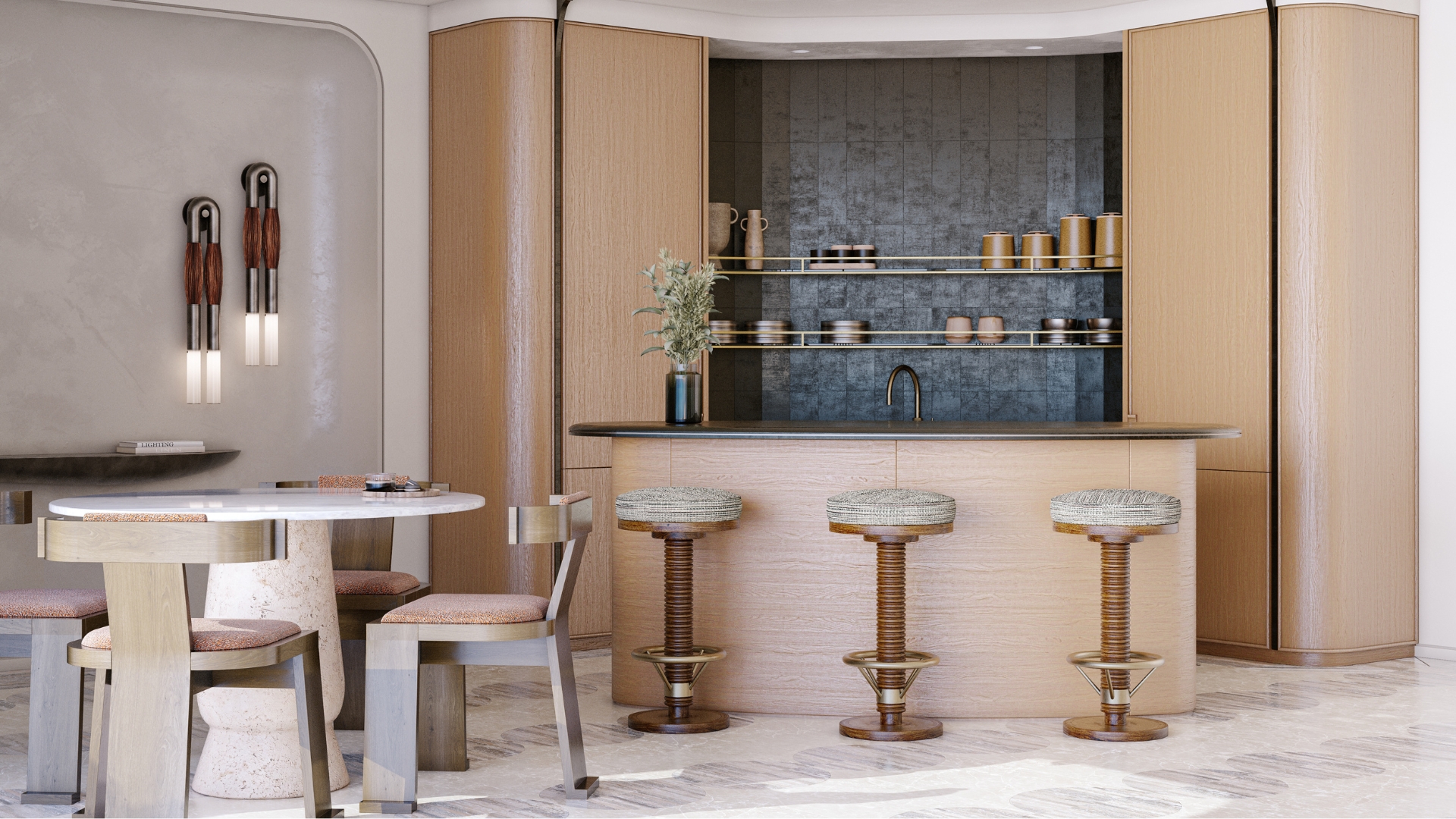
Every year, as the vacation season kicks off countless factors go into the organization of our much-anticipated getaways. But if finding the compromise on where everyone wants to go can take a while, understanding how to choose the perfect vacation stay and get the most out of it can be just as time-demanding. And that's for a reason: despite making the end result feel absolutely effortless, standout hotel design needs to satisfy some challenging criteria.
Although functionality, comfort, great service, and relaxation remain at the top of our priority list when booking some time off, we also want to ensure our readers have the resources necessary to identify what makes an hotel a masterpiece of craftsmanship, and how that can contribute to making their vacation truly memorable. That's why we have asked five industry experts to talk about the value that lies in hotel design, how they approach it in their respective practices, and what it takes to transform a hospitality location into a destination we will not want to leave.
1. It Starts With a Concept
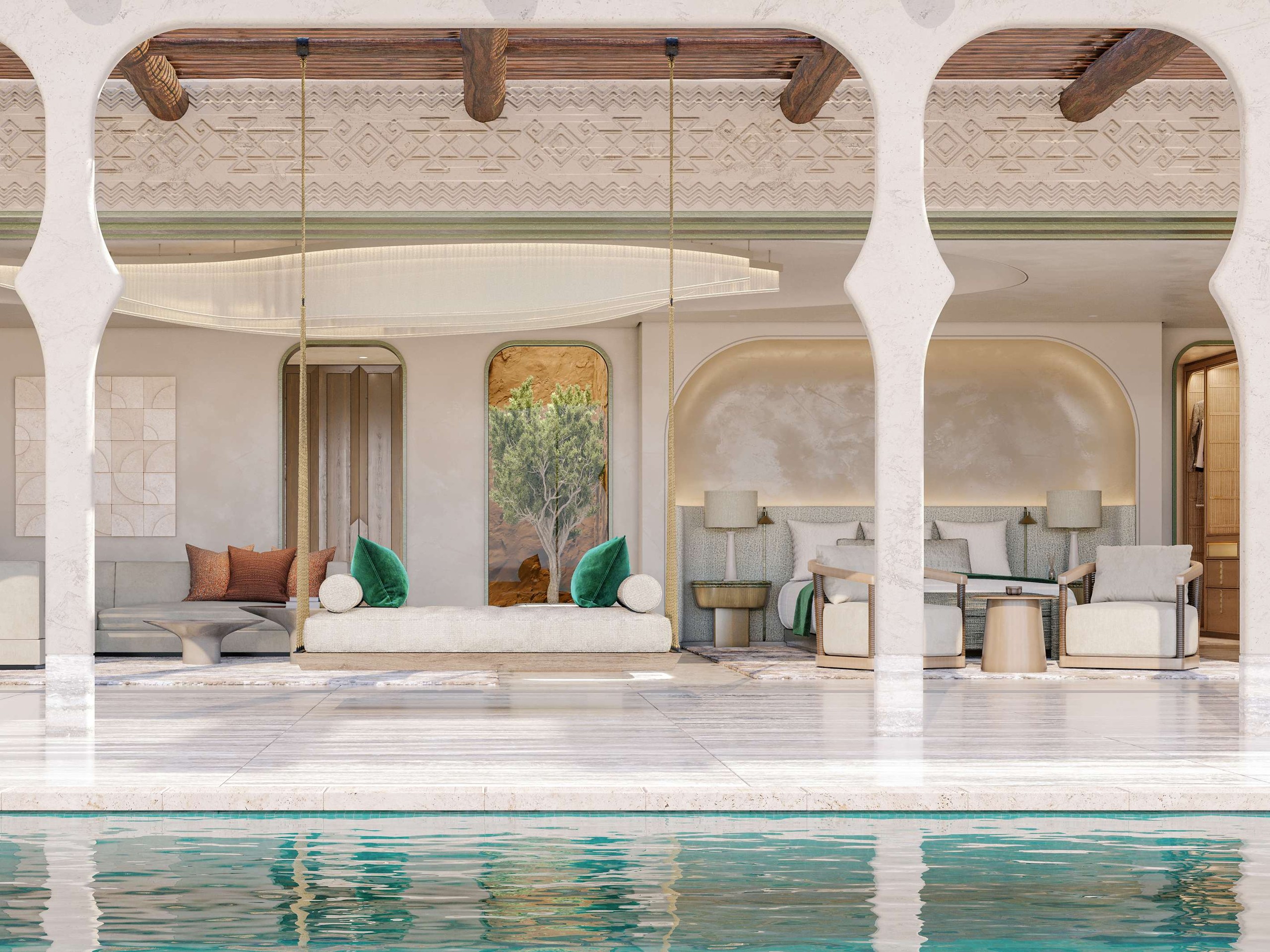
Just as in restaurant design, hotels don't solely rely on eye-catching features. The success of a hospitality structure depends widely on its ability to tell a story, using it as a catalyst for the construction of an immersive, unforgettable experience. "When working on a hotel project, having a strong creative concept and design direction is key to creating something unique and exciting," Karen Howes, founder and CEO of London's award-winning luxury interiors studio Taylor Howes, tells me. "For me, a hotel should evoke feelings of escapism — an opportunity to try and feel something new that naturally blends with the comforts of home."
From the entryway and the hallway to the common areas, the outdoor spaces, and, of course, the actual rooms, every inch of a hotel, as well as the furnishings used to build it, should be oozing with a distinctive atmosphere, narrative, or feel: an overarching vision serving as the foundation for the development of an unparalleled stay. Take for example the Taylor Howes-designed, 5-star Middle Eastern luxury resort captured above: informed by the Japanese philosophy of Wabi-Sabi, the project incorporates natural references and an organic, earthy palette into volumes that embrace the beauty of life's imperfection. To do so, "we connected the design to the surrounding area through thoughtful materials, textures, and architectural elements," Howes says. The result is a breathtaking hotel that, suspended between the indoor and the outdoor, has no equal.
2. It Exceeds Your Expectations
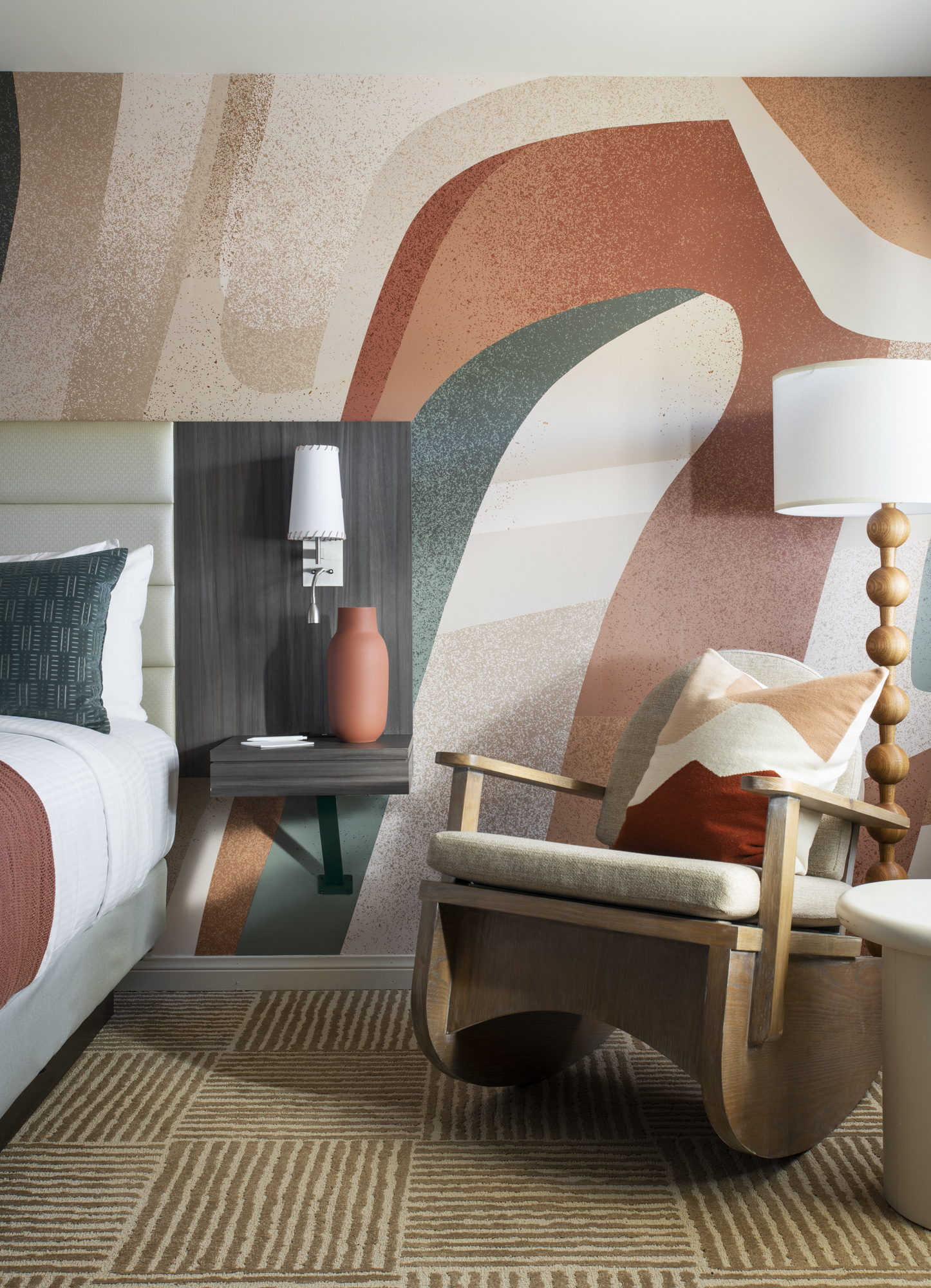
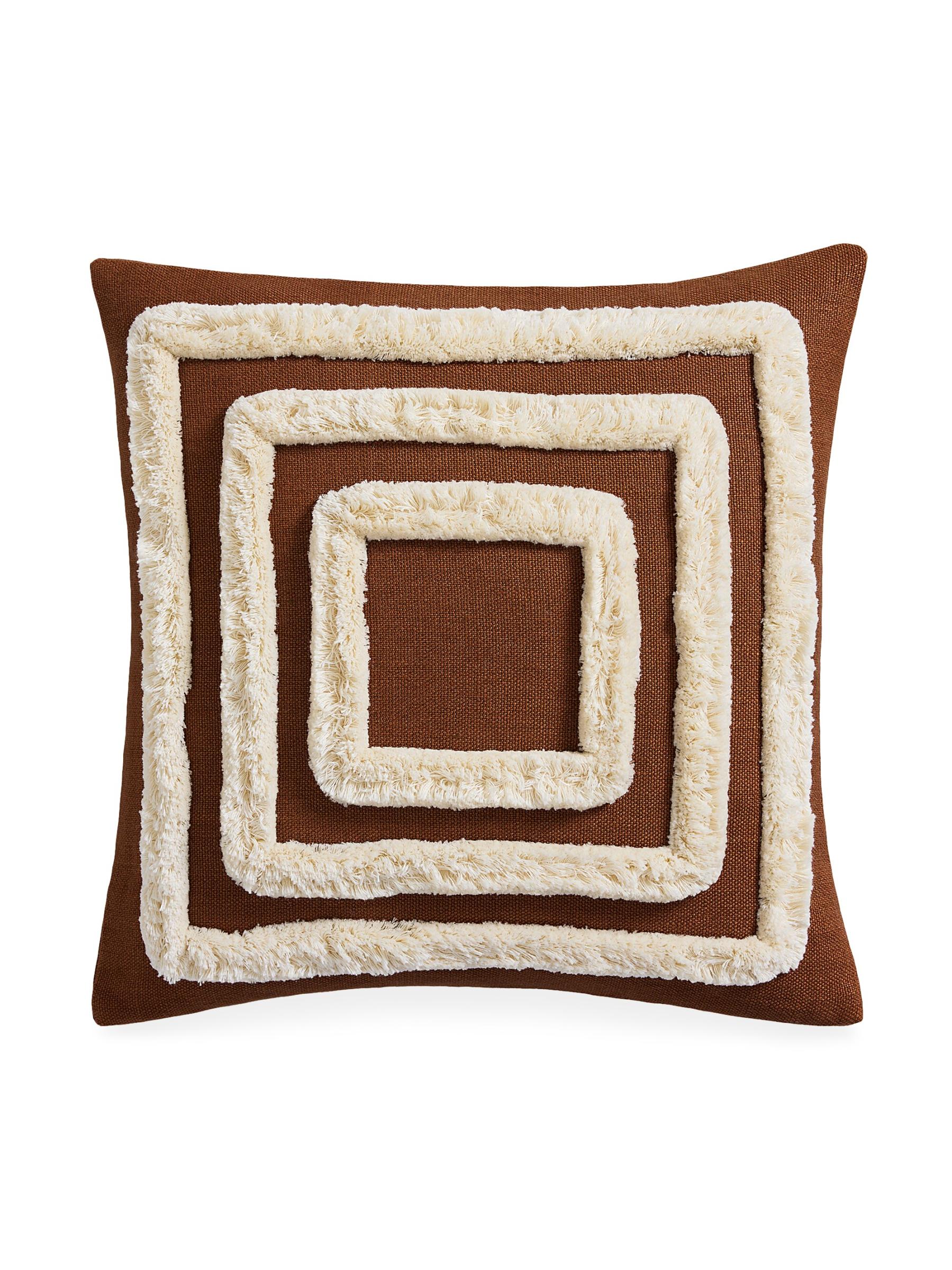
Material: Pillow Case: Linen. Fill: Duck Feathers.
Price: $206.82
As seasoned interior designer Dan Mazzarini tells me, "hospitality is, first and foremost, about anticipating needs and exceeding expectations". For the founder of the Manhattan-based design and architecture collective BHDM, the perfect design hotel does not leave anything to chance.
"The personalized touches go the mile for a memorable impact," he says. "The bathrooms are a great place to start by upgrading small luxuries from soaps to towels. Customizing even the tiniest details, including matchbooks and toweling slippers, can enhance the guest experience and create a unique identity for the space."
Howes too believes in the importance of curating every aspect of a hotel's design, as that is the only way to strike a good first impression. "A well-designed hotel should create an immediate impact, setting the tone for a guest's stay," she says. "Making sure you have a well-pondered, innovative plan that can captivate your guests into creating beautiful memories is the main road to success."
3. It Embraces — and Celebrates — the Local Environment
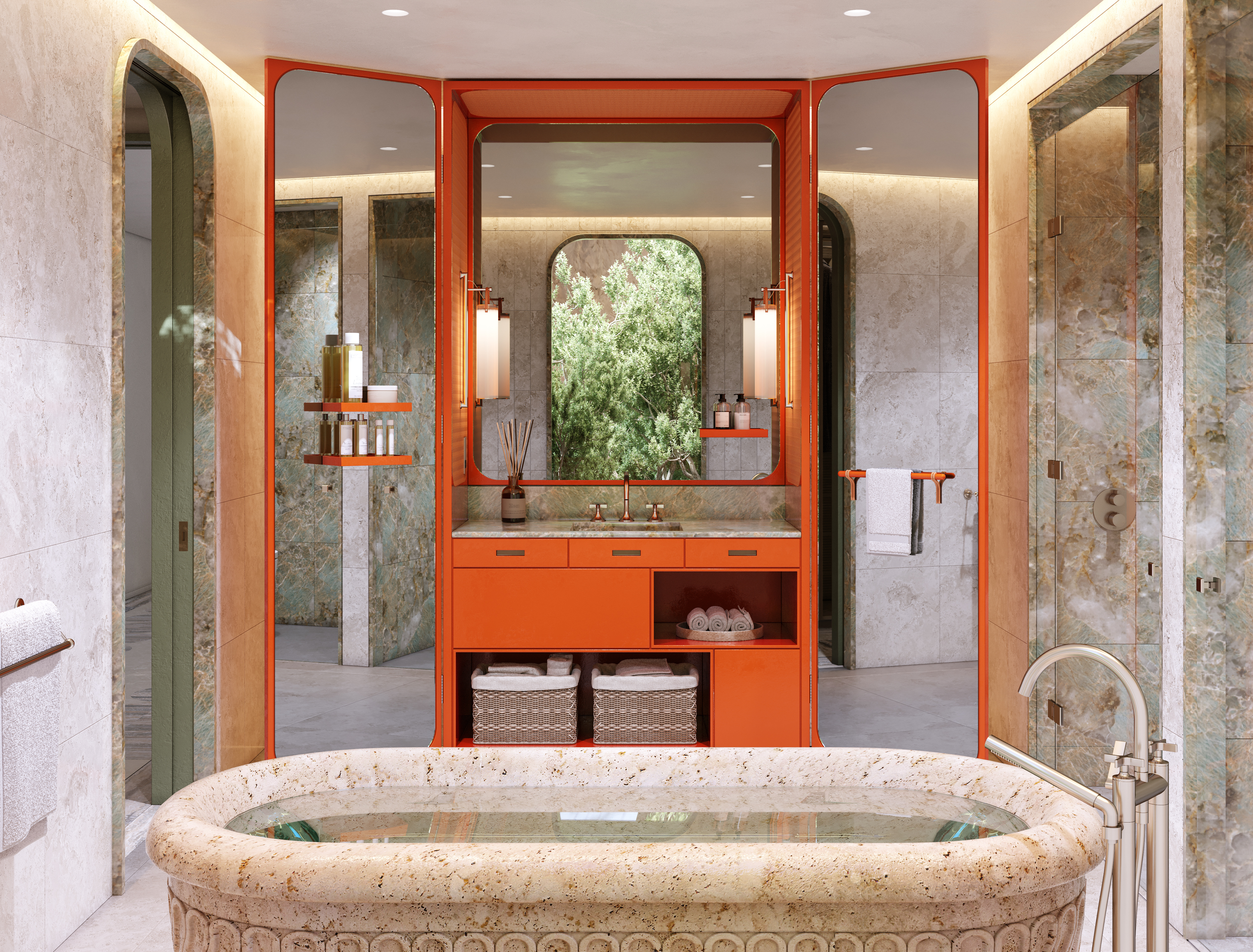
From a design perspective, one of the ways to ensure your hotel doesn't simply blend in the background, but stands out against its local competitors, is imbuing it with a "sense of place", Andrea DeRosa and Ashley Justman, co-founders and principal designers at Los Angeles-based critically acclaimed studio Avenue Interior Design, tell me. After examining what previously established, nearby accommodations bring to the table in the area, they contribute uniquely to it by "emphasizing regional and environmental characteristics, cuisine, service, and providers", add the duo. With a portfolio spanning creatively elegant, imaginative hospitality, residential, and product projects, DeRosa and Justman know that exalting the local idiosyncrasies at the heart of a new hotel's development isn't just beneficial, but "it is also something that is increasingly valued and expected by guests".
Karen Howes concurs. "We believe it is essential that a hotel reflects its local environment, which is why we tap into local craftspeople, artisans, and artists to give our works an authentic feel," she says. It is a principle she regularly applies to her hospitality offerings, like the boldly envisioned Chateau Denmark. "Set on London's iconic Denmark Street, Chateau Denmark tells the unparalleled musical story and heritage of this particular portion of the British capital," Howes explains. The location was a core design element in this project: "you don't get much more 'London' than the Sex Pistols, and having a room with original graffiti from them in the 80s was such a great springboard for our anarchy and punk rock-themed rooms."
Whether feeding into the city's creative pulse or reinterpreting its lesser-known traditions, a hotel that expands on its location's cultural fabric will leave a more lasting impression on its clientele than a sumptuously conceived stay without any roots.
4. It Feels like Home, but Can Stand the Test of Time
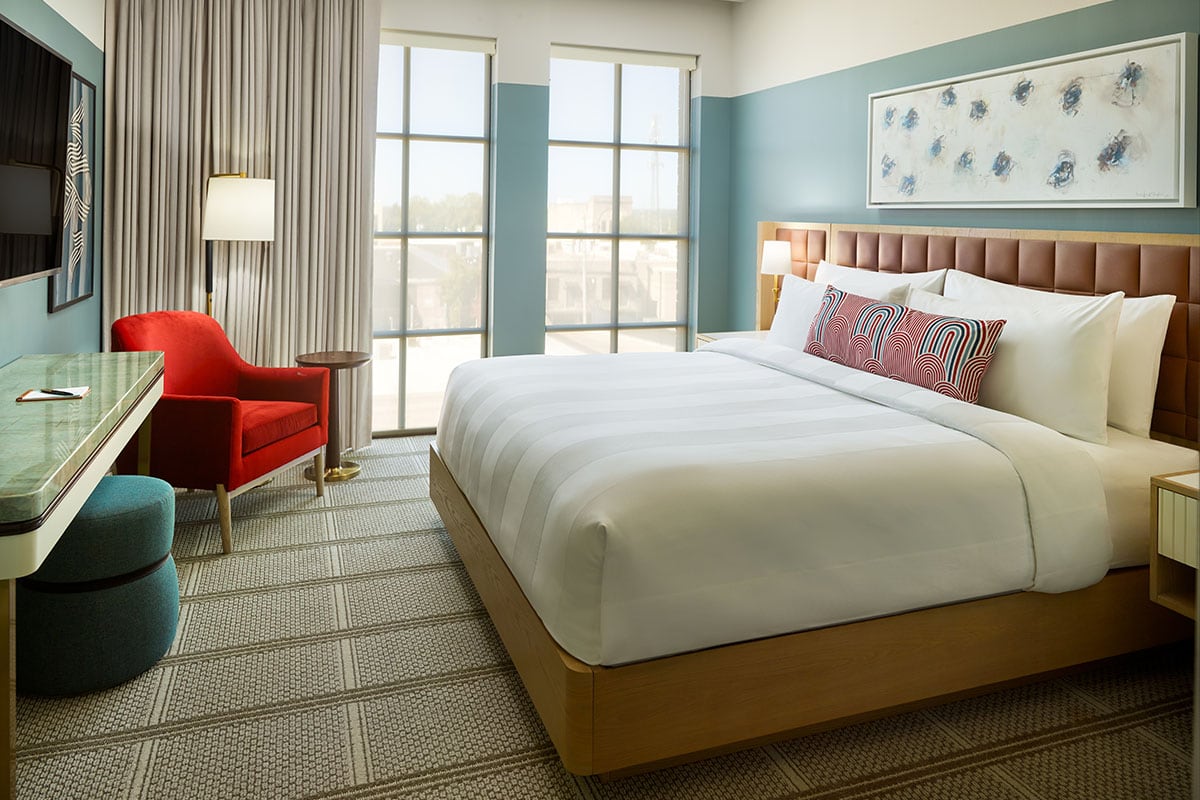
Much of a hotel's long-term success depends on its ability to evoke that "home away from home" feeling while elevating it through high-quality styling choices and customer-tailored experiences. Although going on vacation is about leaving the routine and everything associated with it — including our domestic spaces — behind, we subconsciously expect to encounter the same levels of coziness and reliability in the best hotel bedrooms that we are accustomed to in our daily lives. Part of it, argues BHDM's Dan Mazzarini, can be recreated by granting hotel travelers control over light dimmers, or by installing warm Edison lightbulbs; tiny touches that make a difference. But there is more to it than lighting, and that's why, long after a property is open and operational, "maintenance becomes even more crucial to preserve its performance," DeRosa and Justman say.
While this represents one of the biggest operating costs for a hotel, achieving the delicate balance of crafting interiors that embody a sense of home and comfort, yet are made to withstand greater use has never been more important. "With interior design being more accessible on an individual, domestic level, there is a higher expectation for materials, finishes, and furnishings that have a more residential sensibility," explain the co-founders of Avenue Interior Design. Aware that navigating the fine line between home-like familiarity and the durability required in hospitality settings is often "a designer's biggest challenge", DeRosa and Justman consider a studio's ability to manage both as pivotal to their respectability and that of hotels in the eyes of guests.
5. It Caters to a Sense-Pleasing Vacation Experience
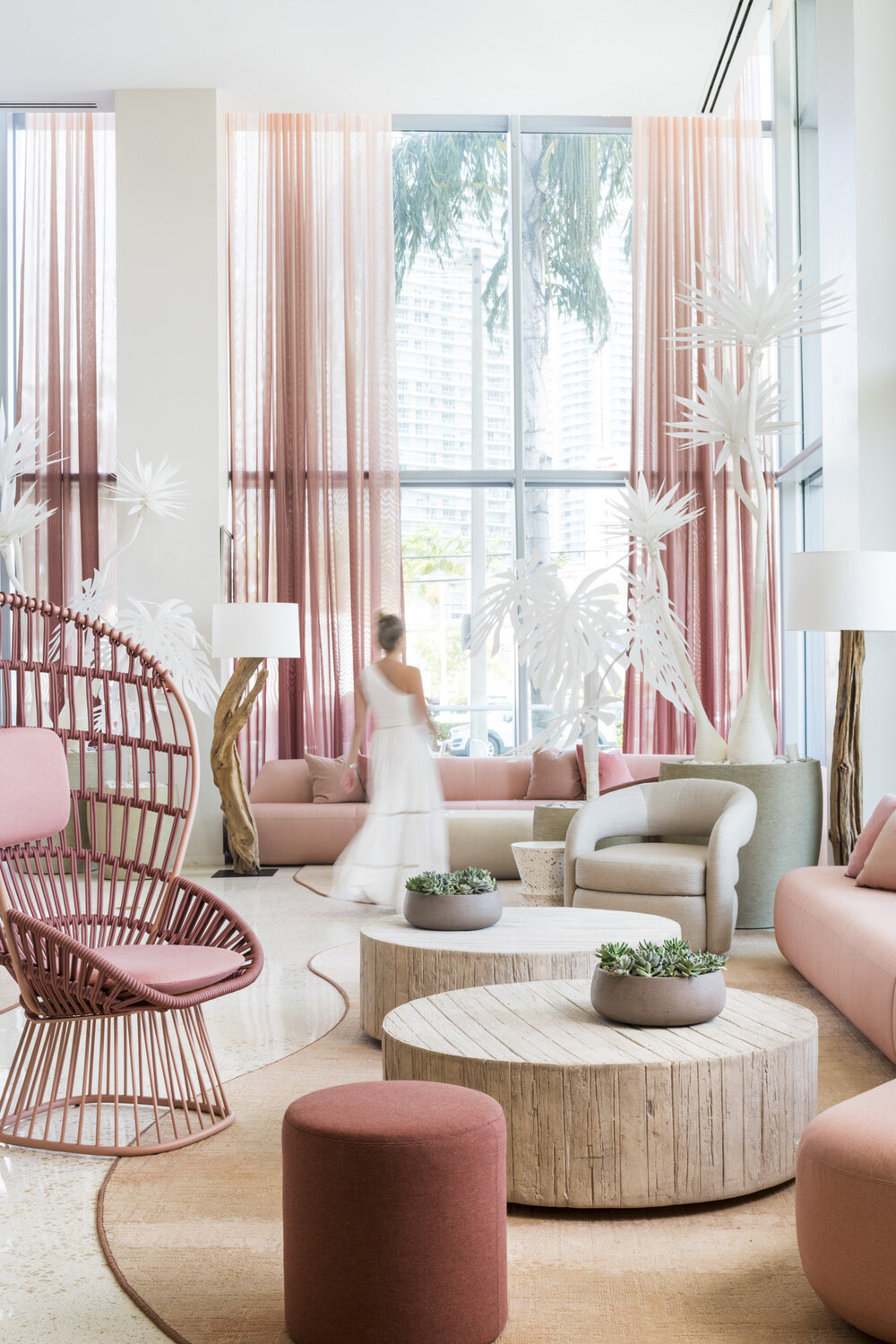
If, like Avenue Interior Design's principal designers argue, "the core principal behind hotel interior design is creating environments that bring people together, facilitating conversation, connection, and ultimately shaping individual and collective experiences", then every aspect of an accommodation needs to amplify the social element that serves as its foundation. This can be achieved in many ways. For starters, "excellent space planning is always key to the success of a scheme," Howes says. For the CEO of Taylor Howes, thought-through areas that offer intrigue and function with an unexpected edge can contribute to the hotel's organic flow, further enhancing both its vision and visual aesthetic. As all experts spotlighted in this feature agree, lighting plays a fundamental role in defining the ambiance of hotels.
Carefully layering ambient, task, and accent lighting and providing different light levels and color temperatures for each of its settings don't just improve guest experience, but also "add depth, drama, and comfort to a space", she says. For DeRosa and Justman too, lighting is absolutely imperative: "it doesn't matter how great the interior design is, or how well you can eat at a hotel, if the lighting is insufficient, or unflattering, guests are unlikely to return," they say. Their sun-kissed, inventive modern interiors seek to facilitate people's immersion in the space: from maximizing the opportunities for guest interaction and one-of-a-kind memories through scenic hotel areas and experiential show kitchens, to selecting furniture that embraces travelers' needs while retaining their signature style, DeRosa and Justman believe hospitality design should favor the customer's holistic enjoyment of their surroundings — something we are all after in our downtime.
6. It is Bespoke, and You Can Tell the Difference
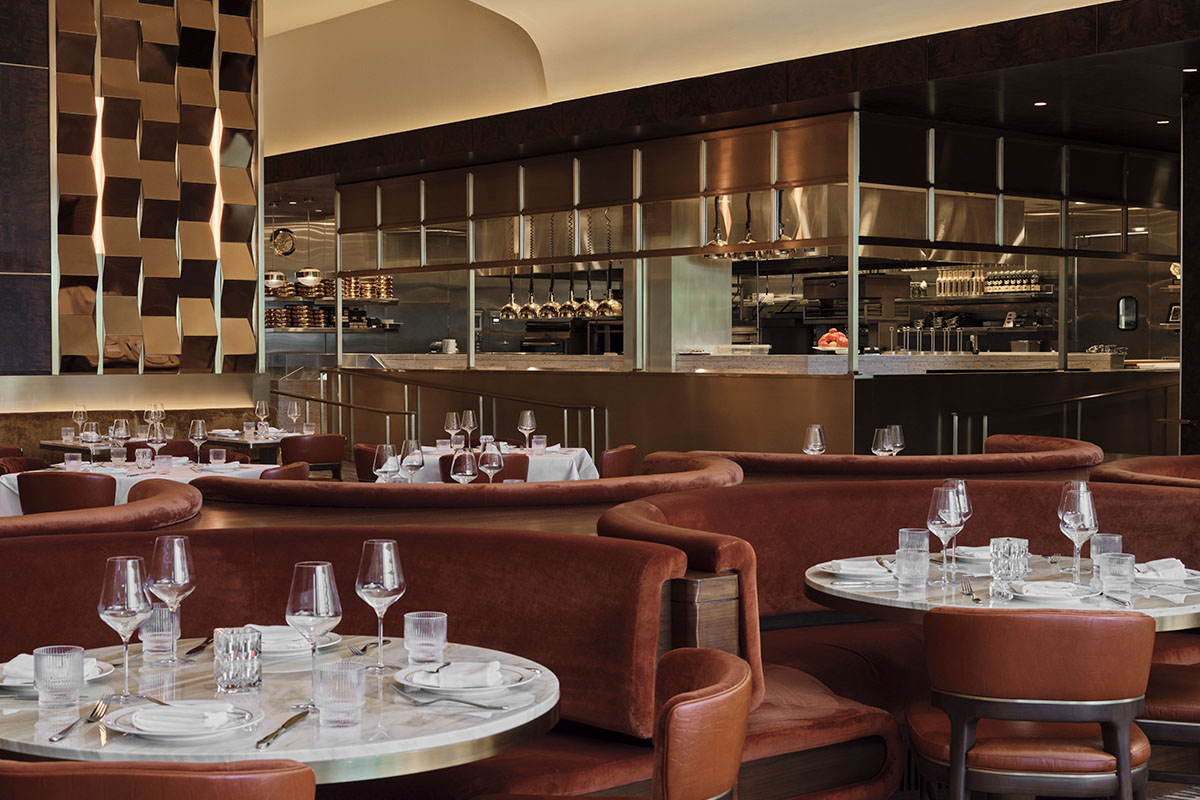

Material: Cutlery: Stainless Steel Flatware. Case: Stainless Steel with Wood Handle
Price: $1127.89
It goes without saying that hotels boasting bespoke designs have that extra gear to them, and no, it is not just a matter of aesthetic. Luxury accommodations incorporating made-to-measure furnishings are more likely to deliver a better customer experience. How? By predicting and remedying potential inconveniences. "We often get the question, 'where did you find that light fixture?' or 'where is that fabric from?'", Avenue Interior Design's DeRosa and Justman say. These are questions the studio co-founders can only partially answer, as "every piece of furniture, light fixture, and fabric for our hospitality venues is completely custom-made", they add.
Although it is a detail not all travelers pay equal attention to, bespoke design is the cherry on top making a hotel, quite literally, like no other. "Our team works tirelessly to ensure that the seat height of a chair is appropriate to the height of the table at every restaurant, or that the nightstand is relative to the height of the bed," explain the duo.
Think about the number of times you felt like your dining table at a hotel restaurant didn't have the right fit — perhaps the chair was too low down, or the banquette seating too distant from it — or about how the furniture in a hotel bedroom clashed in style, quality, or functionality.
7. It Has Multiple Strengths — Each Contributing to its Identity
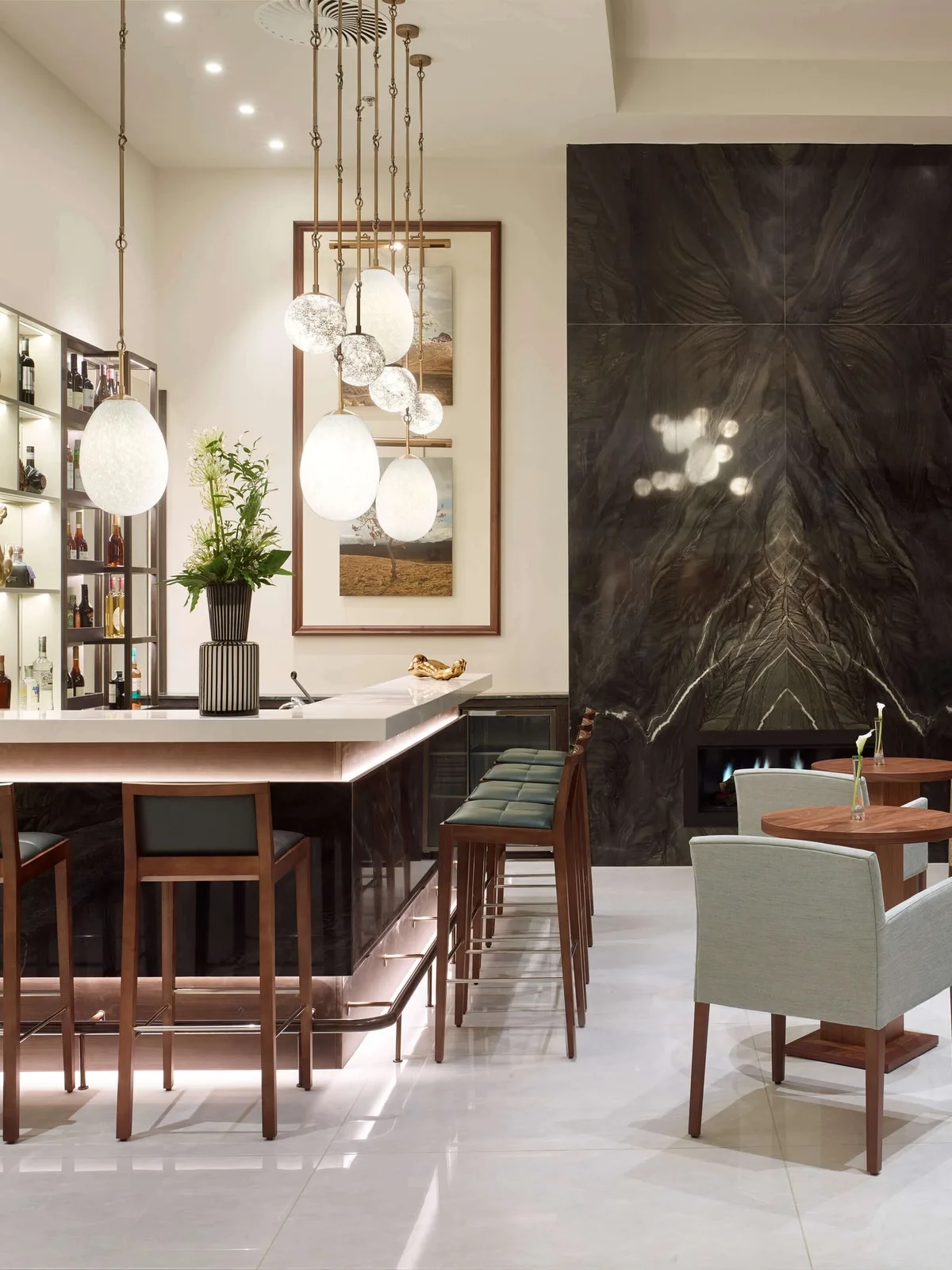
Although our evaluation of hotels and other vacation destinations is greatly influenced by the stylistic choices that have come to define them, we are also aware that design isn't all there is to a successful hospitality business. In fact, "much of design is completely subjective, and what hits a high note with one guest may fall flat for another," DeRosa and Justman say. It is a position shared by Taylor Howes' founder Karen Howes, who argues that, ultimately, "what a hotel offers an individual is always unique to them". So what other factors weigh on the development of an exceptional vacation stay?
According to Avenue Interior Design's co-founders, "outstanding properties are the ones that give careful consideration to scale, comfort, lighting, and, of course, service — and though the latter has nothing to do with interior design, it is an absolute must in rounding out the powerful impression that creates guest as well as brand loyalty." Quoting Howes, an unmissable hotel is "one that functions seamlessly, offering an unrivaled guest experience that pairs eye-catching design with just-as-excellent service". To put it simply, when searching for the ultimate accommodation, looks shouldn't be but one of the highlights that convince us to go ahead with our booking — as the whole is much greater than the sum of its parts.
8. It Doesn't Just Embrace Trends, but Also Lays the Foundations for the Future
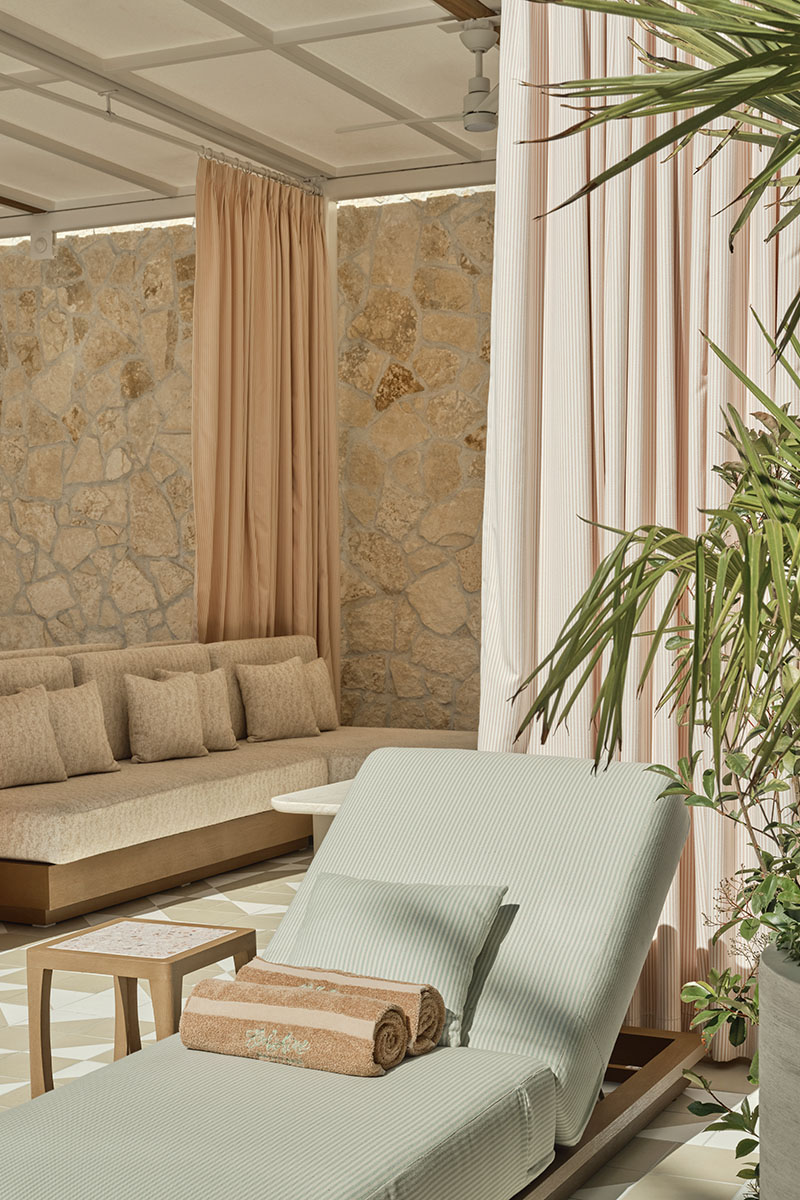
Much like any other creative discipline, the evolution of interior design is inextricably linked to the state of the world. "Local culture, community, and greater global events very much dictate trends and long-term advances in people's approach to hotel design," explain Avenue Interior Design's DeRosa and Justman. This is particularly evident in relation to raw materials vendors, who, say the co-founders, "have made monumental changes to their operations and products in order to achieve more sustainable practices". In order for an accommodation to be ever-relevant and remain at the top of its game, it shouldn't just draw inspiration from the latest interior design trends. Instead, hotels should play an active part in contributing to the future we are steering towards as a society.
When we think of the obstacles to the implementation of environmentally friendly design in this specific field, one question immediately comes to mind: how can interior designers embrace sustainability while having to constantly upkeep and renovate their hospitality projects? DeRosa and Justman have an idea or two: "we have seen a trend for ownership groups to reuse and refinish furnishings whenever possible in an effort to be more sustainable," they say. "It is also increasingly important that food is sourced as regionally as possible for the widest number of restaurant venues."
These thoughts act as a reminder of what hotel design, and the hospitality sector more widely, could teach us moving forward: in the age of climate change, having the privilege to go on vacation shouldn't just be a platform for thoughtless escapism, but also an opportunity to build valuable connections with others and our surroundings — connections we can use to understand how to make that experience more accessible to everyone, and certainly less deleterious to the planet.







